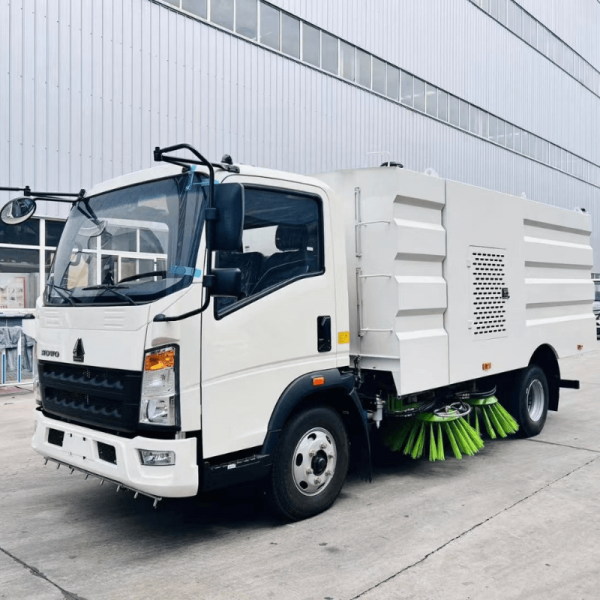Introduction
Waste management is a critical aspect of maintaining a clean and healthy environment. Garbage trucks play a key role in the collection and disposal of municipal solid waste. Over the years, there have been significant advancements in garbage truck technology and disposal methods aimed at improving efficiency, reducing environmental impact, and ensuring the health and safety of workers and the public. This article explores the evolution of garbage truck disposal methods, from traditional approaches to modern innovations, highlighting the challenges, benefits, and future trends in waste management.
Historical Background
The concept of municipal waste collection dates back to ancient civilizations, where waste was often disposed of in open spaces or bodies of water. As urban populations grew, the need for organized waste collection became apparent. In the 19th century, horse-drawn carts were used to collect and transport waste in cities such as London and New York. These rudimentary methods were labor-intensive and inefficient, leading to the development of mechanized waste collection vehicles.
The Evolution of Garbage Trucks
The early 20th century saw the introduction of motorized garbage trucks, which revolutionized waste collection practices. These trucks were equipped with compactors to compress waste, increasing their capacity and reducing the frequency of trips to disposal sites. As technology advanced, newer models of garbage trucks were developed, incorporating hydraulic systems for automated collection and compaction of waste.
Types of Garbage Trucks
1. Rear Loader: Rear loader garbage trucks are the most common type used for residential waste collection. They feature a hydraulic arm that lifts and empties trash bins into the hopper at the rear of the truck. Rear loader trucks are efficient for curbside collection and can compact waste on the go.
2. Front Loader: Front loader garbage trucks are commonly used for commercial waste collection. These trucks have hydraulic forks at the front that lift and empty large dumpsters into the compactor. Front loader trucks are ideal for handling bulk waste from businesses and industrial facilities.
3. Side Loader: Side loader garbage trucks are equipped with a mechanical arm that extends from the side of the vehicle to pick up and empty trash bins. These trucks are often used in areas with narrow streets or limited access for rear or front loaders. Side loader trucks are versatile and can collect waste from both residential and commercial areas.
Challenges in Waste Management
Despite the advancements in garbage truck technology, waste management continues to face challenges related to sustainability, pollution, and resource depletion. Landfill space is limited, and improper waste disposal can lead to environmental contamination and health hazards. Inefficient waste collection and disposal methods contribute to air and water pollution, greenhouse gas emissions, and habitat destruction.
Benefits of Modern Garbage Truck Disposal Methods
Modern garbage truck disposal methods offer several benefits in terms of efficiency, safety, and environmental impact. Automated collection systems reduce the physical strain on workers and improve productivity. Tow truck vehicle recovery compliance allows for more waste to be transported in fewer trips, reducing fuel consumption and emissions. Waste sorting and recycling initiatives further minimize the amount of waste sent to landfills, conserving natural resources and reducing pollution.
Innovations in Waste Management

The future of waste management lies in embracing innovative technologies and sustainable practices to address the growing challenges of urbanization and population growth. Smart waste collection systems use sensors and data analytics to optimize collection routes, reduce fuel consumption, and improve operational efficiency. Electric garbage trucks are being developed to reduce greenhouse gas emissions and noise pollution in urban areas.
Conclusion
Garbage truck disposal methods have come a long way since the early days of waste collection. The evolution of garbage trucks from horse-drawn carts to modern automated vehicles reflects the advancements in technology and the changing needs of society. As the global population continues to grow, the importance of efficient waste management practices cannot be understated. By embracing sustainable solutions and innovative technologies, we can ensure a cleaner, healthier environment for future generations.
